The exercise of gluteal muscle groups plays an important role in maintaining body balance, improving posture, and preventing sports injuries. The gluteal muscles mainly include the gluteus maximus, gluteus medius, and gluteus medius, and the strength of these muscles directly affects lower limb strength, core stability, and daily activity ability.
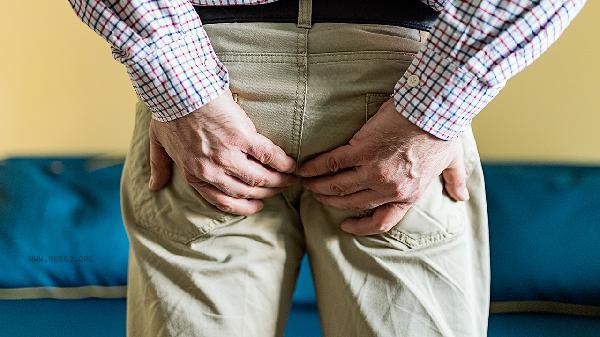
1. Improve athletic performance
Hip muscles are one of the largest muscle groups in the human body and play a key role in movements such as running, jumping, and squats. Strong hip muscles can provide stronger explosive power and endurance, helping to improve athletic performance. For athletes and fitness enthusiasts, exercising the gluteal muscles is an important part of improving athletic performance and training effectiveness.
2. Improving body posture
The strength of the gluteal muscles directly affects the stability of the lumbar spine and pelvis. Long term sitting or lack of exercise may lead to hip muscle atrophy, which in turn can cause posture problems such as pelvic tilt and excessive lumbar curvature. Targeted hip exercises can correct poor posture, reduce lower back pressure, and prevent lower back pain.
3. Prevention of sports injuries
insufficient hip muscle strength can increase the burden on the knee and ankle joints, which can easily lead to sports injuries. Strong gluteal muscles can effectively distribute pressure on lower limb joints and reduce the incidence of common sports injuries such as running knee and iliotibial band syndrome. For middle-aged and elderly people as well as beginners in sports, hip exercise is particularly important.

4. Promote metabolism
The gluteal muscle group belongs to the large muscle group, which can burn a large amount of calories during exercise and help improve basal metabolic rate. Regular hip training can help control weight, reduce fat accumulation, and have a significant effect on improving women's common pear shaped body shape.
5. Enhance Core Stability
The gluteal muscles, along with the abdominal and back muscles, form the core muscle group of the human body, which is crucial for maintaining balance and stability. Strong gluteal muscles can improve body coordination, enhance daily activity ability, and have a positive effect on preventing accidents such as falls in the elderly.
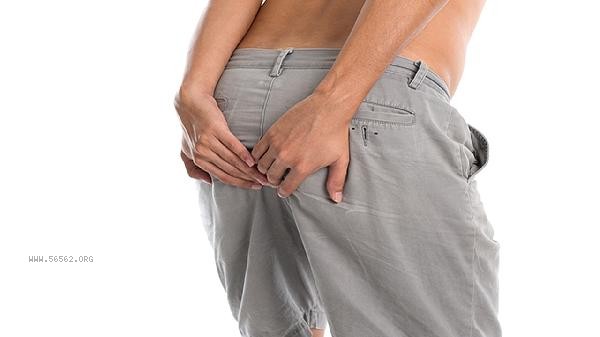
Hip muscle exercise should be done gradually, and beginners can start with simple movements such as bridge and side leg lifts to gradually increase the difficulty. It is recommended to conduct targeted training 2-3 times a week, combined with aerobic exercise and whole-body strength training, to achieve optimal results. When exercising, pay attention to proper movement and avoid compensatory movements that may cause injuries to other parts. For people with waist or joint problems, exercise should be carried out under the guidance of professionals.


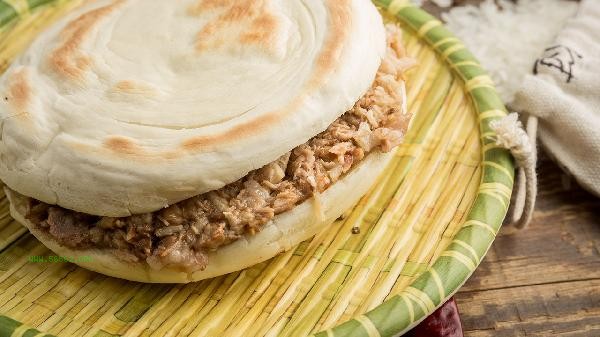

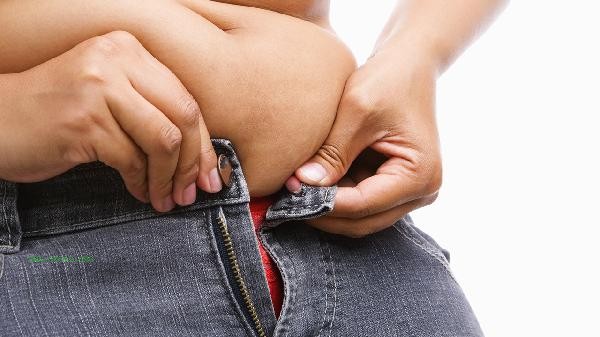
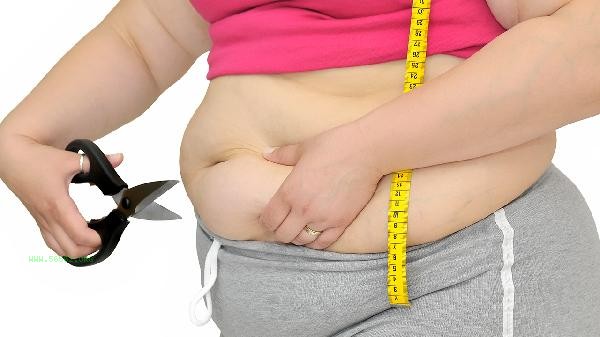


Comments (0)
Leave a Comment
No comments yet
Be the first to share your thoughts!